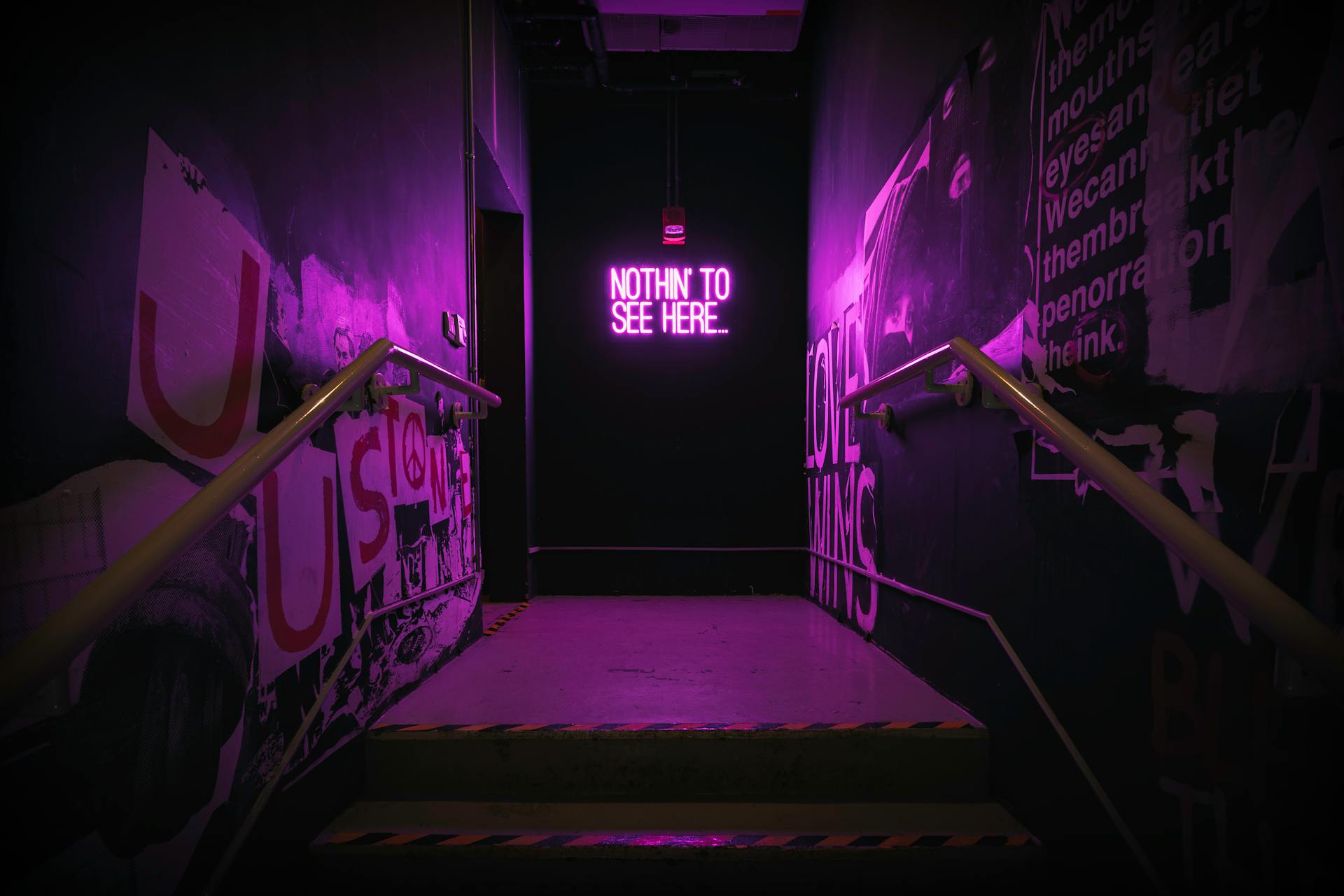
There are several common causes of poor depth perception. One cause is an eyesight problem called amblyopia, or “lazy eye.” This occurs when the vision in one eye is reduced because that eye is not being used properly. The brain starts to “ignore” the images from the amblyopic eye, causing poorer depth perception. Another common cause of poor depth perception is strabismus, or “crossed eyes.” This occurs when the eyes are not aligned properly, and the brain has to learn to process two different images. This can also lead to poorer depth perception.
Yet another common cause of poor depth perception is a condition called anisometropia, or “unequal refractive power.” This occurs when the eyes have different refractive powers, meaning that they don’t focus light in the same way. This can make it difficult for the brain to judge distances accurately, and can cause poorer depth perception.
There are also several conditions that can lead to temporary poor depth perception. One is called binocular diplopia, or “double vision.” This occurs when the eyes are misaligned, and the brain receives two separate images. This can cause confusion and depth perception problems. Another condition that can cause temporary poor depth perception is called monocular diplopia, or “ghosting.” This occurs when the eye sees two images of the same object, usually due to an optical problem. This can also cause depth perception problems.
Finally, there are many different medications that can cause poor depth perception. These include anticholinergics, antihistamines, antidepressants, antipsychotics, and sedatives. If you are taking any of these medications, be sure to talk to your doctor about the potential for depth perception problems.
For more insights, see: Poor Work Ethic
How can drivers improve their depth perception?
Depth perception is the ability to see how far away objects are in relation to other objects. It allows us to judge distances and see the world in three dimensions. Drivers can improve their depth perception by using depth cues. These are queues that our brain uses to help us perceive depth.
There are two types of depth cues: monocular and binocular. Monocular depth cues can be seen with one eye. They include:
• Relative size: If two objects are the same size, the one that is further away will appear smaller.
• Relative brightness: An object that is further away will appear less bright than one that is closer.
• Linear perspective: Parallel lines will appear to converge as they get further away.
• Texture gradient: Rough surfaces will appear to have less texture the further away they are.
• Details: Objects that are further away will appear to have less detail than those that are closer.
• Arial perspective: The size of objects will appear to change as they get further away. Smaller objects will get larger and vice versa.
• Height in the scene: Objects that are lower in the scene will appear further away than those that are higher.
Binocular depth cues require the use of both eyes. They include:
• Convergence: This is when the eyes converge, or turn in, to focus on an object. The amount of convergence is related to the distance of the object.
• Retinal disparity: This is when each eye sees a slightly different image because they are looking at the object from different angles. The brain puts these two images together to create a single image with depth.
• Accommodation: This is when the eye changes the shape of the lens to focus on an object. It is related to the distance of the object.
There are also some movement cues that can help with depth perception. They include:
• Motion parallax: This is when nearby objects appear to move faster than objects that are further away.
• Oculomotor cues: This is when our eyes make small, involuntary movements. These movements help us see depth in our peripheral vision.
Some other tips that can help improve depth perception include:
• Use both eyes: If you have depth cues that are available to you
Explore further: Dimensional Geometric Object
What are some common problems associated with poor depth perception?
There are a number of different problems that can be associated with poor depth perception. These problems can range from something as simple as tripping over objects to more serious issues such as car accidents.
One of the most common problems associated with poor depth perception is tripping over objects. This can be a major problem for people who are constantly walking around in unfamiliar environments or who have a lot of objects in their path. Poor depth perception can also lead to problems with stairs, as people may misjudge the distance between each step and end up falling.
Another common problem associated with poor depth perception is car accidents. This is because people with poor depth perception may have difficulty judging the distance of oncoming traffic or obstacles in the road. This can lead to serious accidents and even fatalities.
Overall, poor depth perception can cause a number of different problems in everyday life. These problems can range from minor annoyances to major dangers. As such, it is important for people to be aware of their depth perception and to take steps to improve it if necessary.
You might enjoy: Can You Use Bleach on Your Areola?
What are some tips for driving in low light conditions?
There are many factors to consider when driving in low light conditions. The first is visibility. Make sure your headlights are on and working properly. Dim your dashboard lights so they don't distract you. Clean your windshield and windows inside and out so you have a clear view.
The second factor is your speed. It's harder to see in low light, so you'll want to go slower than you normally would. Pay attention to changes in the road and be prepared to stop if necessary.
Third, be aware of other drivers. Turn your headlights on so they can see you, and be cautious when passing. When driving in low light, it's important to be extra aware of your surroundings.
These are just a few tips for driving in low light conditions. By following these guidelines, you can help ensure a safe and enjoyable ride.
See what others are reading: What Are the Best Places to Elope in California?
How can drivers compensate for poor depth perception?
As we age, our depth perception generally starts to decline. This can be a serious problem for drivers, who need to be able to gauge distances in order to park, change lanes, and avoid obstacles.
There are a few different ways that drivers can compensate for poor depth perception. One is to simply be aware of the problem and drive more slowly, giving yourself more time to react to things. Another is to use your other senses more to help judge distances - for example, looking further down the road to judge how far away an oncoming car is, or using your peripheral vision to help gauge where the curb is.
You can also try various vision aids, such as bioptic telescopes or glasses with prisms, which can help improve your depth perception. If you wear corrective lenses, make sure they are up-to-date and that you're using them correctly. Finally, be sure to have your vision checked regularly by an eye doctor.
Here's an interesting read: Give Standing Spray Depth
What are some hazards associated with poor depth perception?
There are many potential hazards associated with poor depth perception. One obvious hazard is the potential for accidents, as poor depth perception can make it difficult to gauge the distance of oncoming traffic or obstacles. This can lead to car accidents, slips and falls, and other injuries.
Similarly, poor depth perception can make it difficult to judge the depth of water, which can lead to drowning. It can also make it difficult to judge the height of a jump, leading to injuries from misjudging a jump.
In addition to the physical hazards, poor depth perception can also lead to social awkwardness and isolation. People with poor depth perception may have difficulty judging the distance of others and may inadvertently invade their personal space. This can lead to discomfort and social isolation.
Finally, poor depth perception can also lead to difficulty in estimating sizes and distances, which can cause problems in daily life such as difficulty parking a car or judging whether a gaps is big enough to walk through.
Overall, there are many potential hazards associated with poor depth perception. These can range from physical dangers to social awkwardness, and can have a significant impact on a person's quality of life.
Explore further: Incapacitating Injuries
How can drivers avoid accidents when their depth perception is poor?
Although driving generally requires good vision in order to be safe, there are ways for drivers with poor depth perception to avoid accidents.
One of the most important things for all drivers to do, but especially those with poor depth perception, is to be extra vigilant when driving. This means paying close attention to the road and all of the vehicles around them. Drivers with poor depth perception should avoid driving in hazardous weather conditions if possible. If they must drive in poor weather, they should take extra care and drive more slowly than usual.
Another way for drivers with poor depth perception to stay safe is to avoid sudden movements while driving. This means not making any quick turns or lane changes. If a driver needs to make a turn, they should signal well in advance and make the turn slowly and carefully. Drivers with poor depth perception should also be extra careful when passing other vehicles.
It is also important for drivers with poor depth perception to keep their windshield and mirrors clean. This will help them to see other vehicles and objects on the road more clearly. Drivers with poor depth perception should also make sure to adjust their mirrors properly before starting to drive.
Overall, there are a number of ways that drivers with poor depth perception can stay safe on the road. By being extra vigilant, avoiding sudden movements, and keeping their windshield and mirrors clean, drivers with poor depth perception can help to prevent accidents.
Related reading: Whip Poor
What are some ways to improve depth perception?
There are several ways to improve depth perception. One way is to use optical devices such as a stereoscope or a graduated ruler. Another way is to use a set of lights to produce shadows of objects at different distances.
One way to improve depth perception is to use optical devices. A stereoscope is an instrument that creates the illusion of three-dimensional depth by combining two slightly different two-dimensional images. A graduated ruler is a device that has markings of different lengths. The markings are used to estimate the distance of an object.
Another way to improve depth perception is to use a set of lights to produce shadows of objects at different distances. The shadows give the brain information about the position of the object in space. The brain uses this information to estimate the distance of the object.
There are several other ways to improve depth perception. One way is to use a system of coordinates such as a latitude and longitude. Another way is to use reference points such as landmarks.
Depth perception can be improved by using optical devices, by using a set of lights to produce shadows, by using a system of coordinates, or by using reference points.
Broaden your view: Reference Letter Tied
What are some common treatments for poor depth perception?
There are several common treatments for poor depth perception. One common treatment is to use a device called a Kay Orange. This device helps to improve depth perception by providing a reference point that is closer to the eye. Another common treatment is to use a stereoscope. This device also helps to improve depth perception by providing a reference point that is closer to the eye. By using these devices, people with poor depth perception can improve their ability to see objects in three-dimensional space.
Check this out: Court Helps Congress Exercise
Frequently Asked Questions
How do you fix depth perception problems?
Many different treatments are available for fixing depth perception problems. Some people use eye exercises to help improve the accuracy of their vision. Other people have surgery to realign their eyes or to fix their strabismus.
Does lazy eye affect both eyes?
Rarely, lazy eye affects both eyes. Early diagnosis and treatment can help prevent long-term problems with your child's vision.
Do glasses help with depth perception issues?
There is limited scientific evidence that glasses help with depth perception issues. Some studies have shown a positive effect, while other studies have not found a significant correlation. The most convincing evidence would come from a randomized controlled trial, but such trials are difficult to carry out.
What does a doctor look for with lazy eye?
Your doctor will look at your Vision Profile to see if there are any problems with the way your eyes focus. If there are additional factors causing the vision impairment, such as a problem with the muscles in your eyes, your doctor may refer you for further tests or recommend treatments. Treatment options can include supplements, physical therapy, laser therapy, and surgery.
How can I test my Depth perception?
To test your depth perception, you can use an online eye test. Open the depth perception eye test website and hold your finger in front of the screen. Look at the circle and focus on it only. You should see two images of your finger on either side of the circle. Compare how close these images are to determine how good your depth perception is.
Sources
- https://www.bing.com/ck/a
- https://www.bing.com/ck/a
- https://www.bing.com/ck/a
- https://www.bing.com/ck/a
- https://www.bing.com/ck/a
- https://www.bing.com/ck/a
- https://www.bing.com/ck/a
- https://www.bing.com/ck/a
- https://www.bing.com/ck/a
- https://www.bing.com/ck/a
- https://www.bing.com/ck/a
- https://www.bing.com/ck/a
- https://www.bing.com/ck/a
- https://www.bing.com/ck/a
- https://www.bing.com/ck/a
- https://www.bing.com/ck/a
- https://www.bing.com/ck/a
- https://www.bing.com/ck/a
- https://www.bing.com/ck/a
- https://www.bing.com/ck/a
- https://www.bing.com/ck/a
- https://www.bing.com/ck/a
Featured Images: pexels.com


